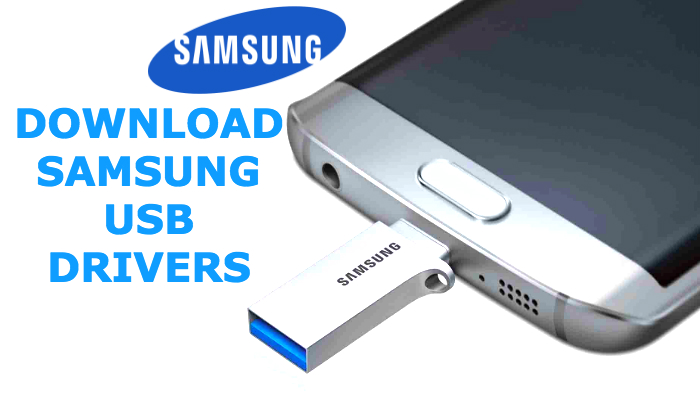

Left-click the Device Manager once it pops up.Left-click the Start button at the lower right screen corner.

If found Windows will install it automatically.

This error also bedevils Windows 8.1 and Windows 7 systems as well. Many users of Windows 10 often complain of receiving error messages due to the inability of their devices to detect USB 3.0. If you can't see the desktop and instead see a blue, black, or blank screen, see Troubleshoot blue screen errors or Troubleshoot black or blank screen errors.USB 3.0 has become quite popular due to the fast data transfer it affords users and most devices available in the market today come with a 3.0 USB port. Windows will attempt to reinstall the driver. Right-click (or press and hold) the name of the device, and then select Uninstall. If Windows doesn't find a new driver, you can try looking for one on the device manufacturer's website and follow their instructions. Select Search automatically for updated driver software. Select a category to see names of devices, then right-click (or press and hold) the one you’d like to update. In the search box on the taskbar, enter device manager, then select Device Manager. You probably already have the most recent drivers, but if you'd like to manually update or reinstall a driver, here's how: Before you beginĭriver updates for Windows, along with many devices, such as network adapters, monitors, printers, and video cards, are automatically downloaded and installed through Windows Update. If you are having problems with Windows Update, you might see if any of the links at Update Windows can help you out first. Note: The best and safest way to get driver updates in Windows is always through Windows Update.


 0 kommentar(er)
0 kommentar(er)
